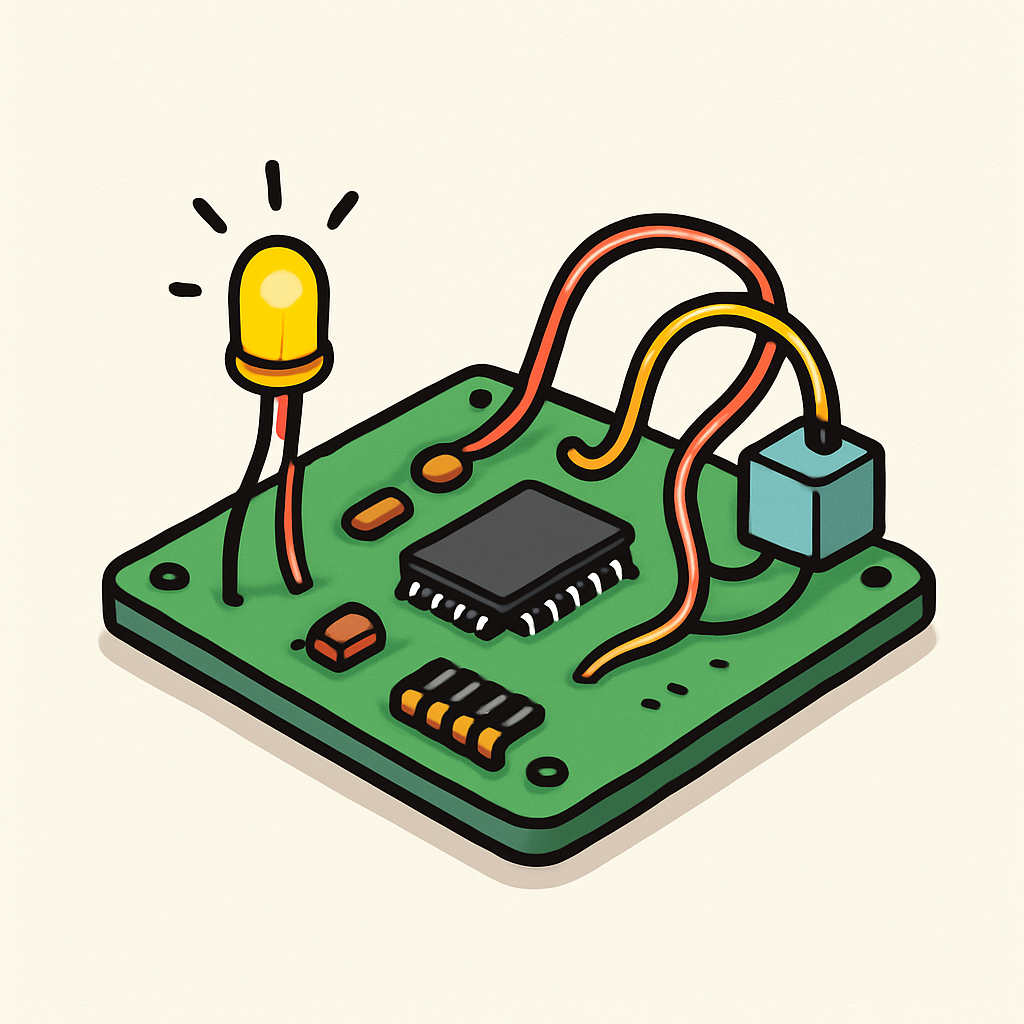 In this lesson, you'll build and automate your embedded system by assembling hardware, loading initial code, adding automation logic, testing subsystems, and refining for performance. This hands-on process turns your planned design into a functional prototype ready for full testing.
In this lesson, you'll build and automate your embedded system by assembling hardware, loading initial code, adding automation logic, testing subsystems, and refining for performance. This hands-on process turns your planned design into a functional prototype ready for full testing.
We'll guide you through gathering components, assembling hardware, running initial code, enhancing with automation, testing parts, optimising, and preparing for evaluation. By the end, your system should respond automatically to inputs.
Begin by collecting all the hardware parts outlined in your system plan from previous lessons. This ensures everything is ready for assembly and helps avoid delays during the building process. Organising your components methodically will make the assembly smoother and reduce the risk of errors.
Steps to Follow:
Physically connect your components to build the hardware foundation of your embedded system. This step is crucial for ensuring that all parts work together seamlessly.
Steps to Follow:
Upload the basic code from the previous lesson to your assembled hardware and observe its functionality. This step confirms that your hardware is communicating correctly with the software.
Steps to Follow:
If necessary, enhance your code with logic to automate responses, using conditionals, loops, or timers. This step turns your basic code into a smart system that reacts automatically to inputs without constant manual intervention.
Steps to Follow: